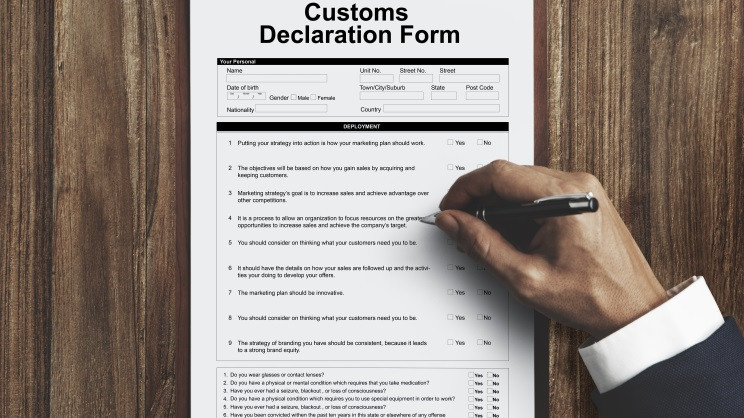How to import product samples for homologation testing
With the compliance assessment legislation becoming tighter, it becomes necessary to elaborate what a foreign trade participant should do to import goods as samples for homologation testing.

Importation of test samples as part of a conformity assessment procedure has certain aspects that are regulated by GOST 31814-2012 as well as recommendations of the Federal Customs Service and Federal Service for Accreditation. One of the aspects is that samples might be damaged or destroyed during tests and hence cannot be subject to temporary importation.
To import samples, a foreign trade participant should first apply to an accredited certification agency for homologation. Based on the application the agency decides that a product needs to be assessed for compliance in the form of a certificate or declaration. The decision also includes specific technical regulations whose requirements must be met during conformity assessment. Then the agency enlists the services of an accredited laboratory that requests samples for testing.
After that the foreign trade participant should submit an individual customs declaration for importation of samples to the customs. The number of samples in the customs declaration must match the number of samples requested by the testing laboratory. Moreover, the declaration needs to be filled in in accordance with the following requirements:
- Field 31 “Cargo items and description of goods” should read “specimens (samples) for the purpose of compliance assessment”;
- Field 37 “Procedure” should include shipment profile code “061”;
- Under document code “01999” in field 44 there should be attributes of documents confirming the quantity of samples being imported.
The documents, which confirm the required quantity of samples, include a copy of an agreement with the accredited certification agency or a letter from the testing laboratory.
Finally, the foreign trade participant needs to import the samples and hand them over to the agency for testing. Tests can be either destructive or non-destructive. As a result of destructive tests samples lose their marketable condition or end up destroyed.
After the testing procedure is complete, samples suitable for further intended use are returned to the applicant while samples that underwent destructive tests are disposed of.
Feedback
Do not hesitate to contact
us if you have any questions
to processing of my personal information